Officials in charge of the massive civilian evacuation from Afghanistan that began this summer are starting a deep dive into the lessons of that effort, as flights carrying thousands more people to safety in the United States resumed this week.
As many as 10,000 to 15,000 Afghan evacuees have yet to arrive in the United States, Maj. Gen. Corey Martin, U.S. Transportation Command’s operations director, told reporters at a virtual Defense Writers Group event Thursday. Nearly two dozen confirmed cases of measles and mumps among the evacuees temporarily halted the pipeline of evacuation flights through Europe and the Middle East.
All evacuees who have arrived in the United States were given a measles, mumps and rubella vaccine to provide lifelong protection against those infections, and finished the 21-day quarantine period mandated by the U.S. Centers of Disease Control and Prevention, Martin said. Evacuees at overseas installations were recommended to do the same.
RELATED
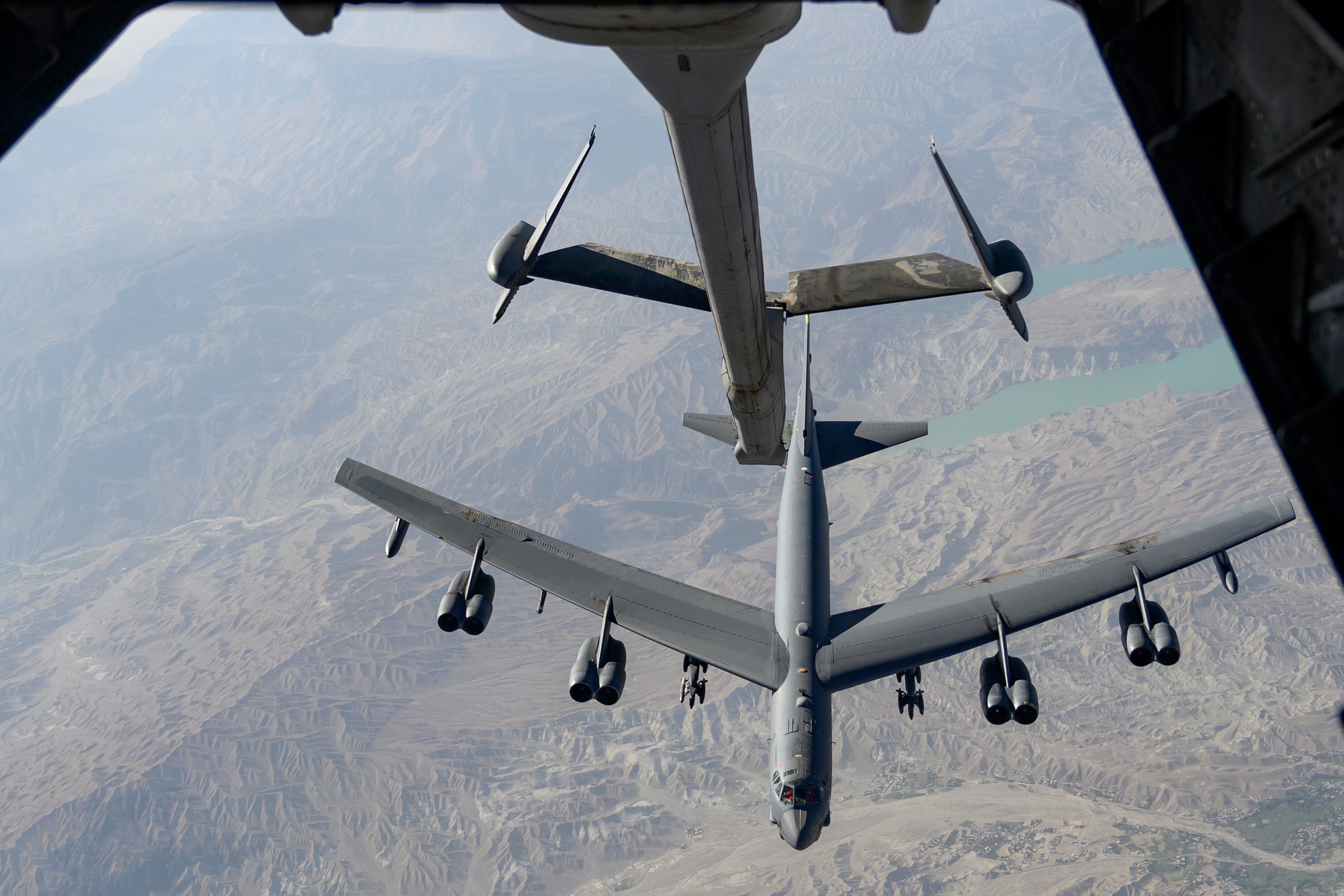
The CDC noted Sept. 20 that it had found some cases of varicella, tuberculosis, malaria, leishmaniasis, hepatitis A, and COVID-19 among evacuees as well. Coronavirus vaccinations are provided to all evacuees, and the CDC encourages them to be up-to-date on standard U.S. immunizations plus hepatitis A shots.
Flights resumed Oct. 5 with a jet traveling from Europe to Philadelphia, followed by a second flight that landed in the U.S. Thursday afternoon and a third that took off from Europe around the same time, Martin said. Flights out of CENTCOM were slated to resume Thursday or Friday, he said.
Commercial airlines are providing those trips under federal contracts with the State or Defense departments. TRANSCOM spokesperson Scott Ross said the Defense Department will begin flying Afghans from Ramstein Air Base in Germany to Philadelphia this weekend as well.
Once in the U.S., evacuees are temporarily housed at safe havens including Marine Corps Base Quantico, Fort Pickett and Fort Lee, Virginia; Holloman Air Force Base, New Mexico; Fort McCoy, Wisconsin; Fort Bliss, Texas; Joint Base McGuire-Dix-Lakehurst, New Jersey; and Camp Atterbury, Indiana.
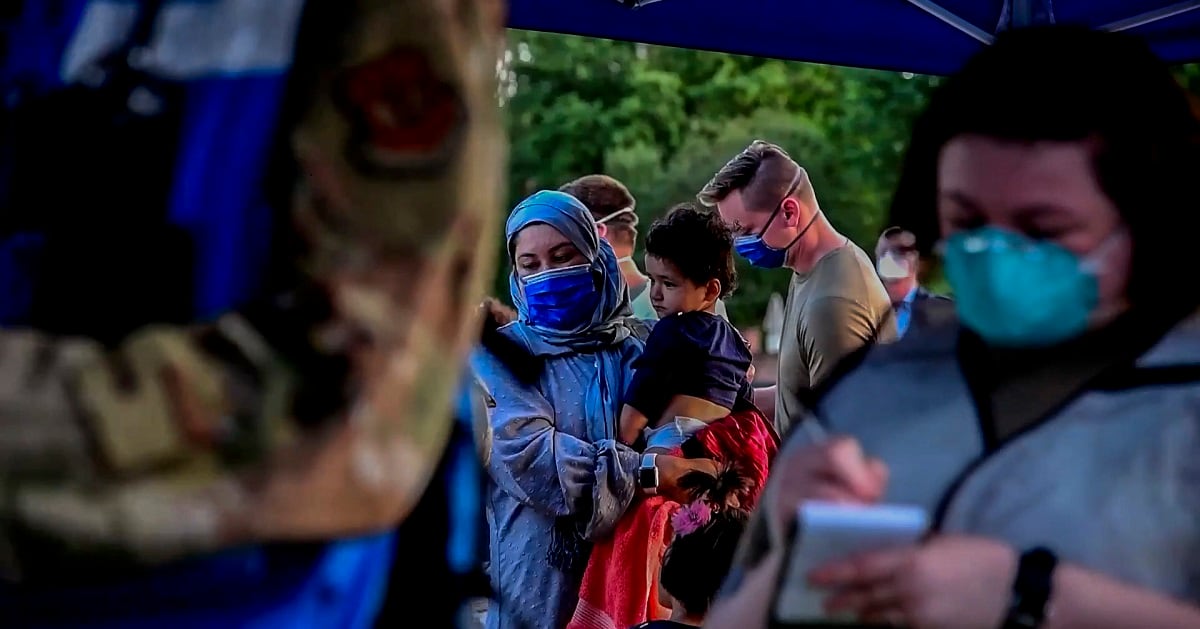
The U.S. Air Force led the evacuation of nearly 125,000 people by the end of August, and at least 50,000 Afghans are expected to resettle in the United States, Homeland Security Secretary Alejandro Mayorkas said last month.
RELATED
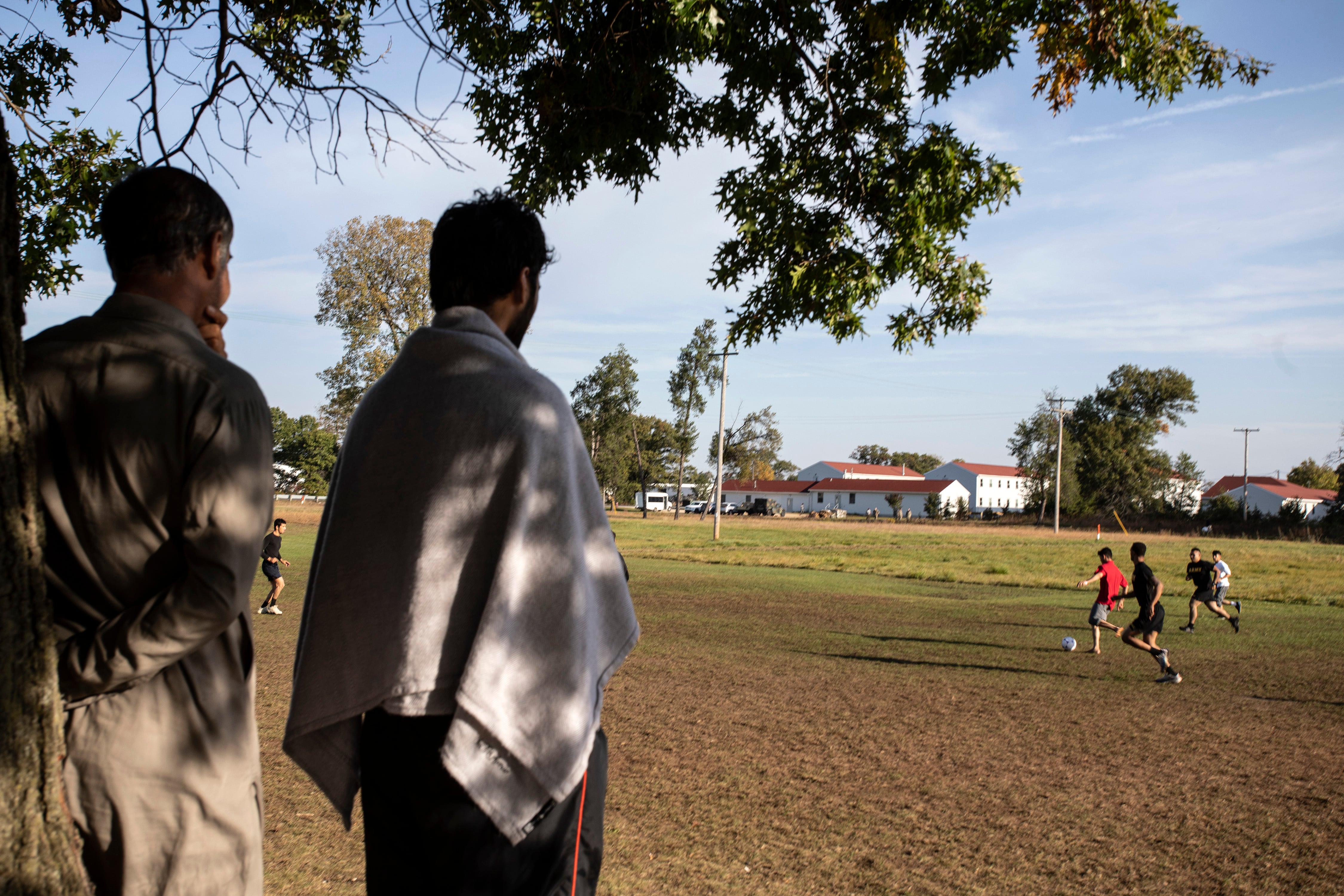
The State Department has helped 200 American citizens and lawful permanent residents leave Afghanistan since the U.S. military mission there ended Aug. 31, spokesperson Ned Price said Thursday. Other citizens and permanent residents have left on charter flights or by crossing the land border, though Price did not say how many. It’s unclear how many Afghans have fled the country since Aug. 31.
“We are certainly in contact with dozens of Americans in Afghanistan who wish to leave, but it is difficult for us to put a firm figure on it,” Price added at a press briefing Thursday.
Lingering questions about the scope of what became one of the largest military-led civilian evacuations in American history illustrates the need for higher-quality data and the ability to share it, which would have helped during Operation Allies Refuge itself and in the following weeks of more limited government involvement.
TRANSCOM is working on its own internal after-action report on the evacuation, as is the Joint Staff. One immediate lesson, Martin said, is that the Pentagon will be hobbled if it tries to ramp up to a war plan-level operation like that without information and software that can keep up.
In the scramble to deploy the 82nd Airborne Division out of Fort Bragg, North Carolina, the Army was forced to find an alternate airfield from which to launch them while Pope Field was under construction. The 82nd ended up rerouting to Joint Base Charleston in South Carolina instead.
RELATED
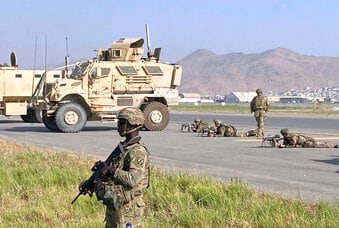
“Velocity was paramount in order to get them to Hamid Karzai International Airport,” Martin said. “We have some [information technology] systems that are used to a more deliberate process of deploying a unit, and are not necessarily as agile as they need to be.”
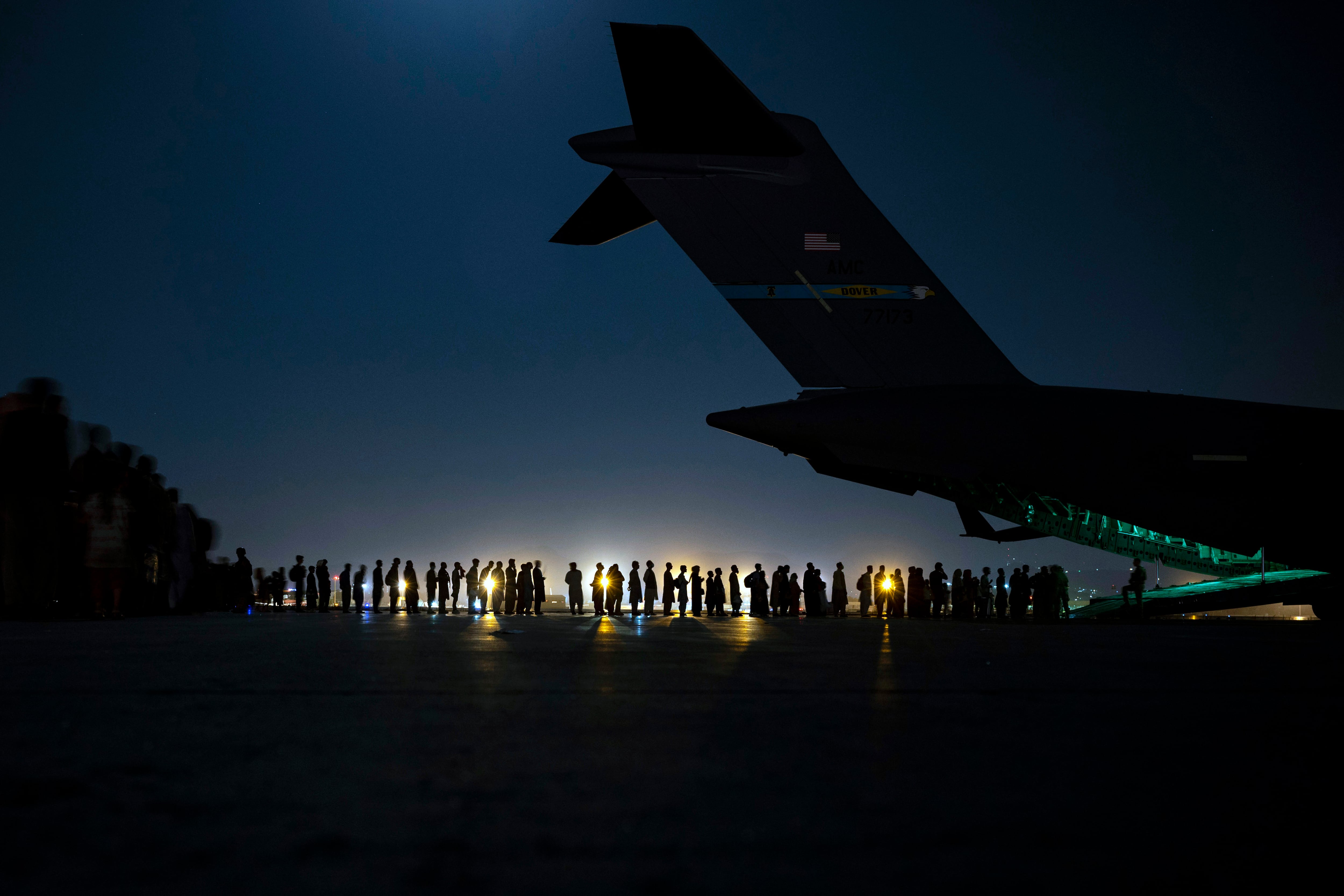
To ensure that didn’t hinder the airlift effort, TRANSCOM fell back on basic information to ensure the flights would be safe — but not much more. But the command lacked a better understanding of the “unknown scale” of people involved in the evacuation, and which aircraft were available at any given time, he said.
“There was the initial screening of passengers at HKIA, but then when they got to an intermediate staging base, there was a more fulsome clearance process — biometric, biographic data; Customs and Border Patrol running checks on individuals; that type of data,” he said.
Employing a system that tracks when a group of people is cleared to leave, and at what location, would help troops focus on where the next available commercial aircraft should head to carry them out. Right now, the military relies on basic but incomplete communication like emails, spreadsheets and phone calls to pass along that information.
RELATED
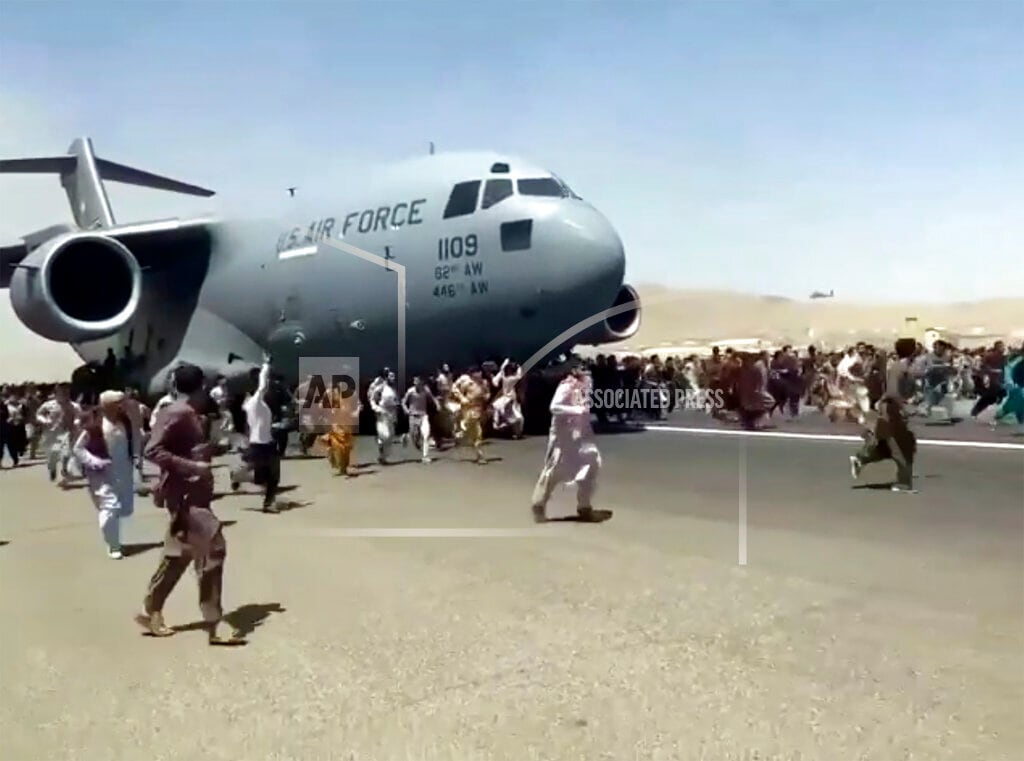
The Pentagon is trying to piece together a vast technology infrastructure to share data between any combat asset and unit, regardless of where they serve or in which branch — known as joint all-domain command and control — that can help bridge that gap.
“What I would like to do is … have what we call our normal battle rhythm, our normal processes, be able to be scaled to any operation,” Martin said. “I did not see that that was the case right away.”
The evacuation effort also underscored the need for various points to leapfrog equipment and personnel through multiple regions, particularly as TRANSCOM wasn’t sure whether to expect 40,000 evacuees or 200,000.
“That access, that basing and overflight, is key,” Martin said. “We know the nodes are as important as … the mobility assets, but that is, I think, a lesson that the greater community realized in the early days of this operation.”
Rachel Cohen is the editor of Air Force Times. She joined the publication as its senior reporter in March 2021. Her work has appeared in the Washington Post, the Frederick News-Post (Md.), Air and Space Forces Magazine, Inside Defense, Inside Health Policy and elsewhere.





